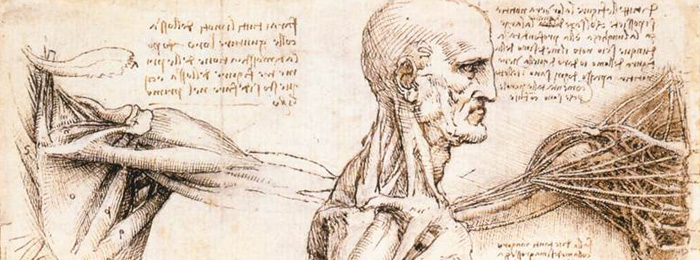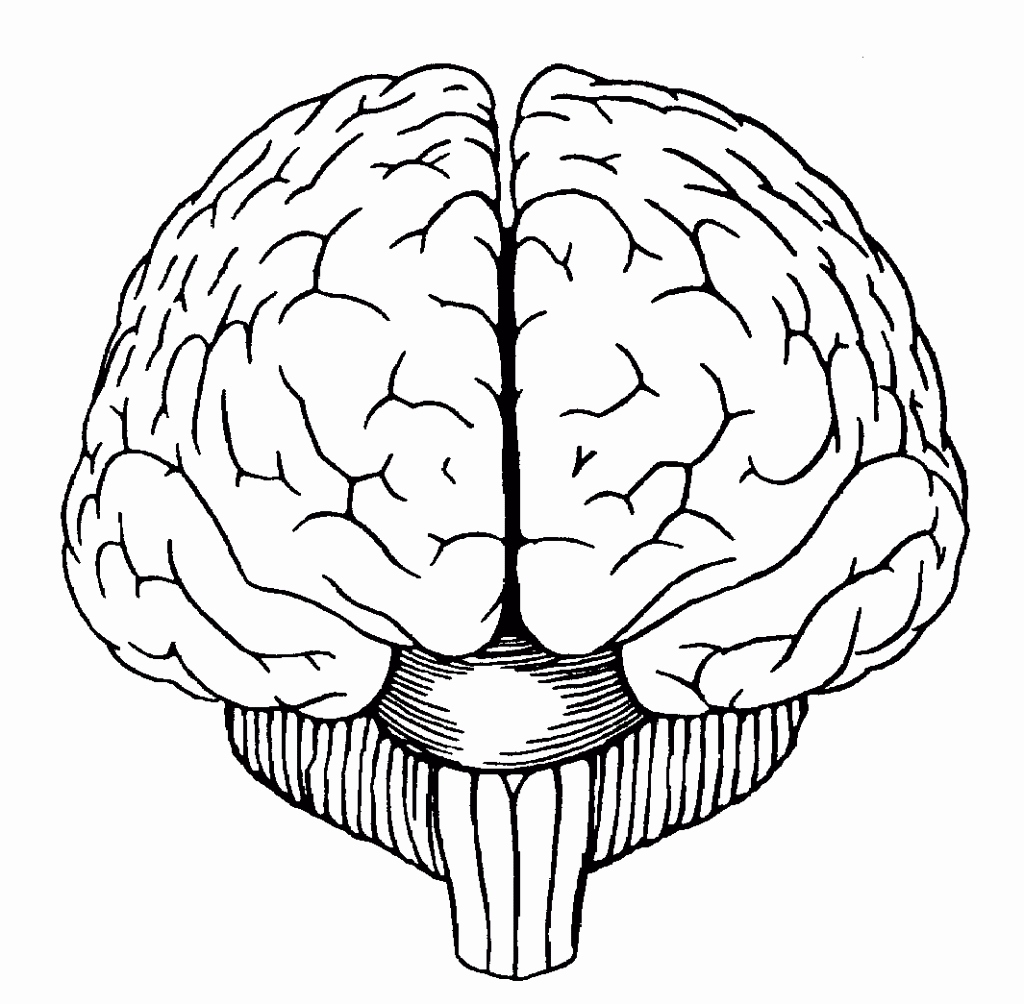Pin by pawe on anatomy tutos 2
Table of Contents
Table of Contents
If you’re interested in learning how to draw the human body, one of the essential skills you need is understanding anatomy. Anatomy drawing has a fascinating history with roots that can be traced back to 14th century Europe. Today, anatomy drawing is a fundamental part of the creative and medical arts. In this post, we’ll go through how to learn anatomy drawing in detail.
Pain points of learning anatomy drawing
As a beginner, learning anatomy drawing can be an intimidating and challenging experience. You may be overwhelmed by the complexity of the human body, the sheer number of details you need to memorize, as well as mastering the technical skills required for drawing. All these factors can create confusion and affect your motivation to learn.
Thankfully, by following some basic principles, you can quickly overcome these obstacles and start drawing anatomically correct figures.
How to learn anatomy drawing?
The best way to learn anatomy drawing is to study the human body’s structure and movement. You can start by studying bone and muscle structure, which will give you a framework for drawing any pose or position. A good understanding of the skeleton is essential because it helps give substance and volume to your subjects. Once you have a solid grasp of the skeletal framework, you can move on to the study of the muscles, which are responsible for movement and expression.
One of the essential aspects of learning anatomy drawing is to consistently practice drawing body structures from different angles and poses. It helps you to understand how the bones and muscles work together to create different poses and shapes. Additionally, studying from live models, anatomy books, and online resources can significantly enhance your knowledge and skills.
Summary of how to learn anatomy drawing
The key to learning anatomy drawing is to study the human body’s structure and movement through consistent practice, live models, anatomy books, and online resources. Understanding the skeletal and muscle structure can give you a framework to draw any pose or position. By following these basic principles, you can develop the necessary skills to draw anatomically correct figures.
How to learn anatomy drawing by following these 3 simple steps
My experience with anatomy drawing started eight years ago when I stumbled upon an anatomy drawing book. At first, I was overwhelmed by the intricate and complex structures of the human body. But over time, I realized that learning anatomy drawing could be simplified by following these three simple steps:
- Start with the basics- Spend time understanding the bones and muscle structure; it provides you with a foundation to draw any pose or position.
- Practice consistently- Incorporate drawing anatomical figures as part of your regular art practice. Drawing from life or photo references can offer opportunities for understanding the human body structure better.
- Do not be afraid to use reference material- Using reference materials such as anatomy books or online resources can enhance your knowledge and skills, making it easier for you to draw anatomically correct figures.
Below are two images showing my development from elementary students’ doodles to a more advanced state, depicting the human body.

 What mistakes to avoid while learning anatomy drawing
What mistakes to avoid while learning anatomy drawing
One of the common mistakes beginners make when learning anatomy drawing is getting lost in details. When starting, it’s crucial to focus on the fundamental structures, such as the skeleton, before advancing to muscle mass and details. Another mistake is avoiding the study of the anatomy entirely; instead, relying on memory and guesswork to draw anatomical figures. Lastly, neglecting the study of proportion can result in poorly-drawn figures.
The importance of proportion in anatomy drawing
Proportion refers to the relationship between different parts of the body. It is one of the essential aspects to master in anatomy drawing. Incorrect proportion leads to distortions in the figure and creates a lack of believability. Therefore, it’s essential to study human body proportion to create anatomically correct figures. Photos or reference materials can be a useful tool when practicing proportion.
What resources can help you learn anatomy drawing
There are many resources available to help you learn anatomy drawing. Anatomy books, online tutorials, and classes can provide in-depth knowledge and techniques to draw anatomically correct figures. Anatomy tools and aids such as poseable mannequins or 3D models can also represent a great resource in understanding how to draw anatomically correct figures.
Question and Answer
Q1: What is the primary importance of studying anatomy to draw the human body?
A1: Anatomy is essential in drawing the human body because it provides you with an understanding of the human body’s structure and movement. With this knowledge, you can create more accurate and believable anatomical figures.
Q2: What are the major obstacles that prevent beginners from learning anatomy drawing?
A2: Beginners may feel overwhelmed by the complexity of the human body, the sheer number of details you need to memorize, as well as mastering the technical skills required for drawing.
Q3: What resources can you use to learn anatomy drawing?
A3: Anatomy books, online tutorials, and classes can provide in-depth knowledge and techniques to draw anatomically correct figures. Anatomy tools and aids such as poseable mannequins or 3D models can also represent great resources in understanding how to draw anatomically correct figures.
Q4: What is the role of proportion in anatomy drawing?
A4: Proportion is one of the essential aspects of anatomy drawing. Incorrect proportion leads to distortions in the figure and creates a lack of believability. Therefore, it’s essential to study human body proportion to create anatomically correct figures.
Conclusion of how to learn anatomy drawing
Learning anatomy drawing is a fun and fascinating process that can enhance your drawing skills to new levels. By following the basic principles of studying skeletal and muscle structure, practicing consistently, and using reference materials, you can develop the necessary skills to draw anatomically correct figures. Avoiding simple mistakes such as neglecting proportion and focusing on details are essential in creating more accurate and believable figures.
Gallery
What’s The Best Way To Learn Anatomy? - Drawing Academy | Drawing Academy

Photo Credit by: bing.com / anatomy drawing learn academy way drawingacademy
Pin By Paweł On Anatomy_TuTos_2 | Anatomy Art, Anatomy For Artists

Photo Credit by: bing.com /
Anatomical Drawing Of Human Body - Anatomical Vector Illustration

Photo Credit by: bing.com / anatomical diagrammatic anatomie kidney jaw liver
Working On Tge Anatomy Book. Someone Asked To Add The Muscles Names

Photo Credit by: bing.com /
Pin On Anatomy Reference & Figure Drawing

Photo Credit by: bing.com / torso tutorials sketches nipples zeichnen anatomie humana anatomia refs menggambar





